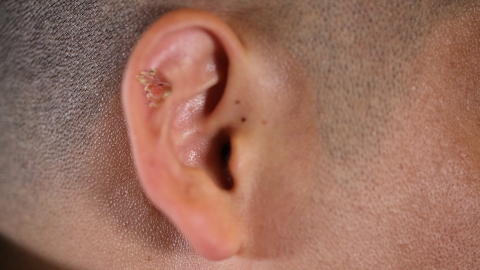Which is better for treating filiform warts, tretinoin cream or imiquimod?
Generally, when the filiform warts are small, few in number, and the skin has good tolerance, tretinoin cream can be used. When the warts are large, numerous, or the skin is sensitive, imiquimod may be used instead. However, if there is skin erosion or ulceration, neither of these medications should be applied. If any abnormalities occur, it is recommended to seek medical attention promptly. Detailed explanations are as follows:

When the warts are small, not numerous, and the skin is not prone to irritation, tretinoin cream is suitable. It works by regulating the metabolism of keratinocytes, gradually causing the warts to shed. Long-term consistent application is required. Mild peeling may occur during treatment, which does not affect normal daily activities. Continued use of the medication can achieve the desired therapeutic effect.
If the warts are large, numerous, or the skin has a strong tolerance to drug irritation, imiquimod can be selected. This medication stimulates a local immune response, accelerating the removal of warts. Its effect occurs relatively quickly, but local redness and swelling may appear. Patients with sensitive skin should use it with caution. If there is skin erosion or ulceration, both medications may irritate the wound surface, increasing pain or leading to infection, so they should not be used in such cases.
Before using medication to treat filiform warts, it is important to assess the skin condition, strictly follow the instructions for use, and discontinue the medication promptly and seek medical evaluation if significant discomfort occurs.




